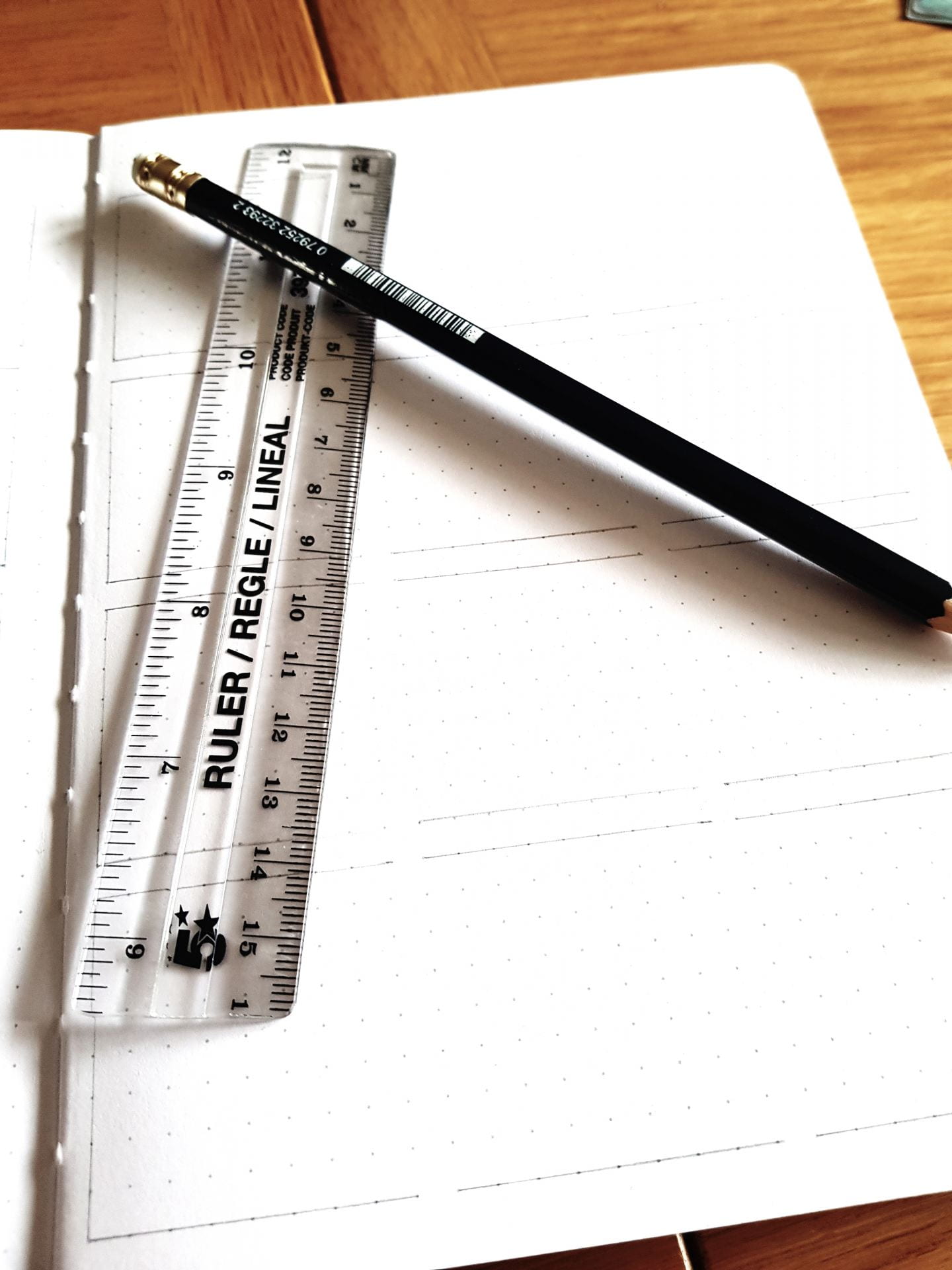
Bullet journals: getting started
So, you read the Student Life article about the benefits of bullet journaling and decided that it sounds great (it is). Now what?
Having just started my new bullet journal, I decided to write down some tips on how to get started:
Notebooks
One of my favourite parts of starting a new bullet journal is deciding which notebook I am going to use. While this will be down to personal taste, I would definitely recommend choosing a notebook with dotted A5 pages as this is ideal for creating all kinds of bullet journal pages. As well as this, it is a good idea to find one with good quality paper so that pens won’t bleed through.
Not necessarily quite as important, but definitely better, is to find a notebook with a design that you love on the cover. I find that I am much more excited about using my journal, and therefore get more use out of it, if I like the way it looks. Alternatively, for those more artistic than myself, some notebooks will allow you the opportunity to design your own front cover, such as ones with card or kraft covers.
A few good websites to try are Typo, Paperchase, and Notebook Therapy, as well as many others.
Stationery
I could talk for days about stationery, but let’s bring it back to the basics. I would recommend having:
- A pen – this pen will be for practically everything so make sure it’s one you like. I use the Sakura Pigma Micron in 0.5mm
- A pencil
- An eraser
- A ruler
- A set of highlighters and/or colouring pens – in my opinion the more colours the better!

Make a list
Before I start writing directly into my bullet journal, I like to make a list of all the pages I want to include initially. I find this easiest to do on an online document at first, as you can play around with the order of the pages before deciding on a final list. Don’t worry, this doesn’t have to be a complete list of all 100+ pages in your journal, just the first few to be getting started with and the basic pages you know you absolutely need. You can also copy this list directly into the journal later, as a sort of index, if you wish. If you are struggling for page ideas, Pinterest has loads of inspiration to get you started!

I would always recommend adding a pen test in the back so that you can see how all of your different pens look on the paper!
Plan it out
I find the best way to lay out my pages is to draw them out in pencil first. I start by sketching them out on a piece of scrap paper to get an idea of the design, then move into the book itself with a pencil and ruler, rubbing out mistakes as I make them. This means that any mistakes made at this stage can be corrected and I don’t go over the design in pen until I am happy with it.

Making mistakes
That being said, mistakes are bound to happen. The important thing to remember is that bullet journaling is supposed to be fun, it shouldn’t feel like a job or something that needs to be perfect. In my first journal, I ripped out so many pages I had ‘messed up’ and the book ended up falling apart before I was halfway through it. Mistakes are part of the process, and allow you to follow your own progress.

One last thing: this is just the way I do things, you can change it up as much as you like! My favourite thing about bullet journaling is how personalised and unique everyone’s version is, and the more ‘you’ it is, the more you will get out of it!



